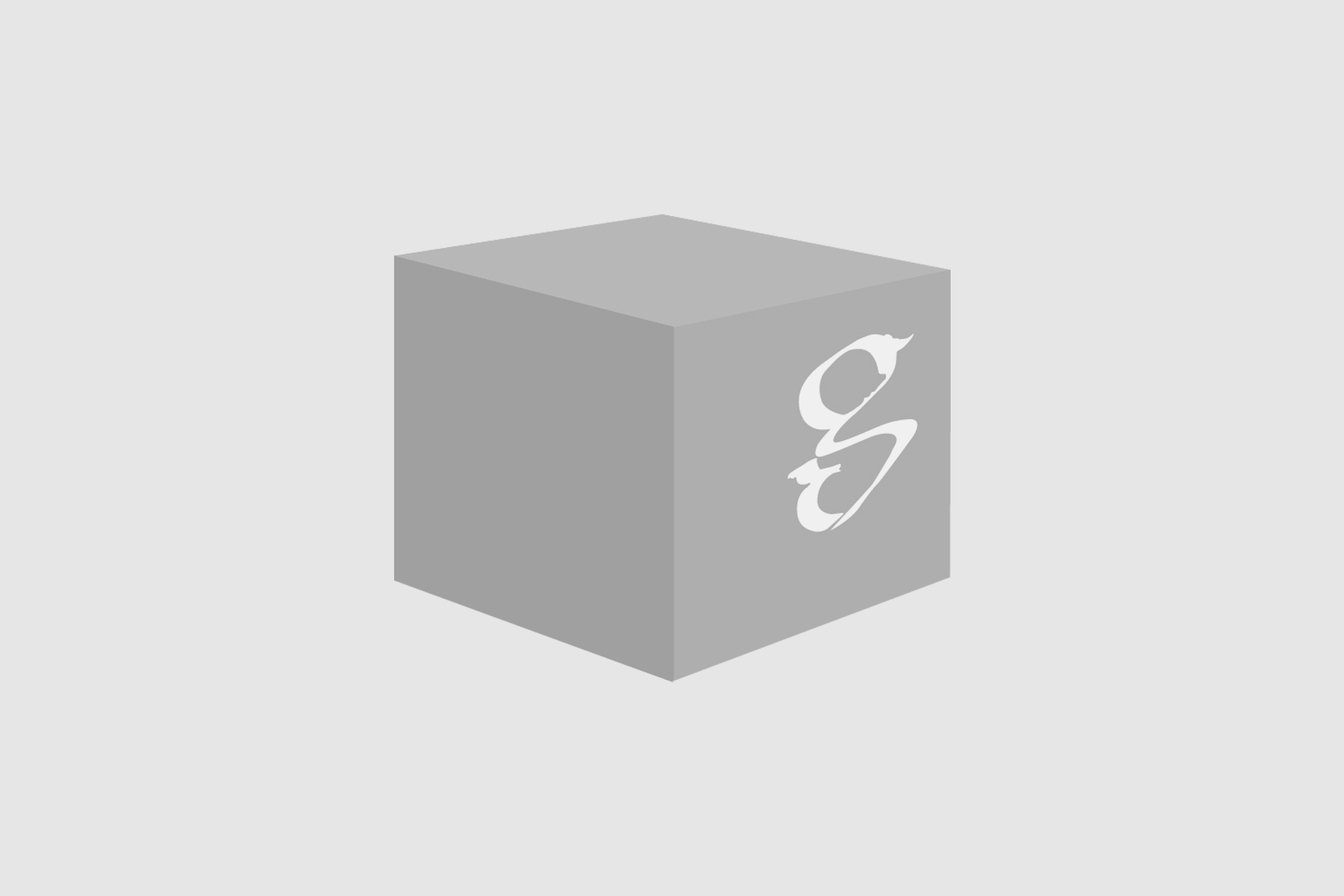An introduction to the basic types of printmaking and printing techniques. What are the different technique of printmaking?

Relief Printing, a perfect introduction to printmaking.
What is relief printing? A perfect introduction to printmaking! It is the oldest and easiest form of printmaking. You will not necessarily need a press, so it is ideal for beginners. Traditionally wood or lino are used for this method. It is however possible to experiment with other materials such as:
- cardboard,
- polystyrene plates,
- cork board,
- organic items such as potatoes.
In this technique the uppermost surface of the materials will hold the ink. The aim is to remove the areas of your material that you do not wish to appear in the print. This works best with bold designs as fine details are more difficult to cut out and it saves you from removing large areas.

You can choose to work spontaneously. If you prefer to have a guide simply sketch your chosen design onto the materials. Then, begin to cut away areas to highlight the lines and shapes using hollow (‘U’ Shaped) and veining tools (‘V’ shaped). Once you have finished with your design, apply your printing ink evenly with a roller and lay your paper over the top. This can then be passed through a press or simply use a clean roller or barren to firmly and evenly press the back of the paper to the design.
When working with lino, if you are finding it difficult to make cuts this can be improved by warming the lino. With wood it is easier to achieve smooth cuts by cutting in the direct of the grain.

Intaglio Printing.
What is intaglio printing? This is the polar opposite of relief printing as the design of the print is formed by the lower surfaces of the plate. It includes processes such as:
- etching,
- engraving,
- dry point.
This techniques requires more pressure between the two surfaces to achieve a print so a press is essential.
Dry point and engraving are the simplest process as it involves scratching the design with a needle onto a metal plate or plastic sheet such as Rhenalon. The indentations created by the needle can be filled with ink. No metal is actually removed from the plate it is simply displaced and forms what is known as a ‘burr’. It is curve either side of the line which will help to hold the ink. This will gradually wear away with use of the plate which will weaken the appearance of the printed lines. Remember to treat dry point plates with care.

Etching.
What is etching? Etching involves corroding the image into the metal plate using acid or other corrosive. The most common metals used for this are:
- zinc,
- copper.
Draw onto the plates through a layer of wax or etching ground to achieve the designs. The etching ground will resist the acid. The exposed metal is then ‘bitten’ away to leave the design. You will not need to apply a lot of force when creating your drawing as the corrosive will be what forms the depth on the line. The deeper the line, the more ink it will hold and the darker it will appear.
Remove all traces of ground prior to printing. When applying the ink it is necessary to use a ‘squeegee’ process to ensure the ink is moved across the plate and applied into the lines you have created. Stiff card pieces can do this task quite effectively. Wipe the upper surface clean, after you applied the ink. It is also possible to experiment with different effects by applying a different coloured ink to the upper surface of the plate as you would with relief printing.

Screen Printing.
What is screen printing? This is traditionally used for printing signs or on textiles. It involves dragging ink across a mesh using a blade so that the ink is allowed to pass through in only certain areas. A mesh on a wooden frame form the screen with a stencil applied. The screen filler stencil method involves applying a screen block medium to the non image areas of the mesh on both sides.
Once fully dry and any pin holes filled, the ink can then be draw across the surface to form the print. If you are using multiple colours it is possible to block a little more of the screen between prints and achieve a layered design. There are other methods of creating stencils such as simple paper cut outs. Another one is photo stencils which involve coating the mesh with a photo-sensitive medium and exposing an image onto it using light.
Screen printing inks were traditionally oil based. There are now more water based inks available. You can add mediums to acrylic paints for inking, making clean up easier.
Find all the materials discussed in the introduction to printmaking in-store and online at www.greatart.co.uk/printmaking.





















Add comment